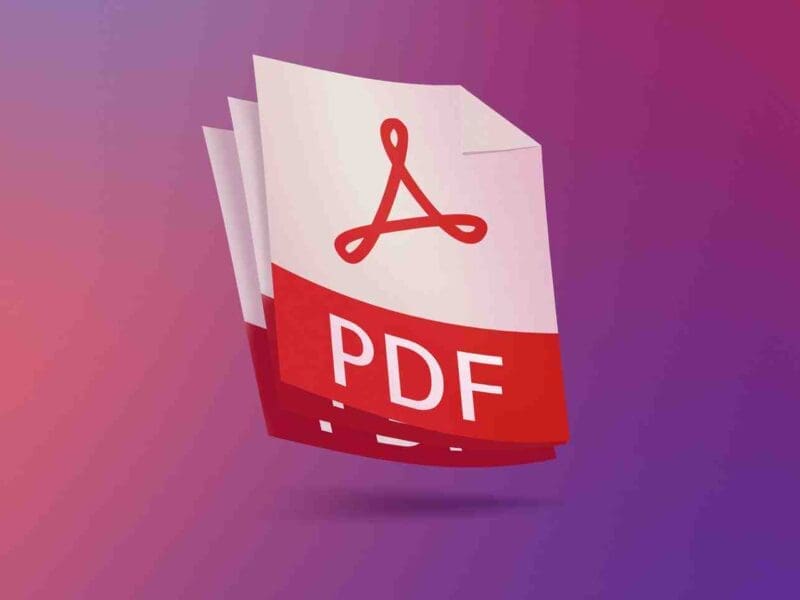
Reasons Why Paid Advertising Is So Popular Today!
Businesses have come a long way since they depended solely on traditional advertising channels such as TV, radio, and print media to reach their target audience. Paid advertising has snatched the spotlight in today’s modern era and is more visible than ever. But what is fueling the current popularity of paid advertising? If you want to learn more about paid advertising, Udemy’s courses will teach you all you need to know.
1. Digital Dominance
The expanding importance of the digital environment is one of the primary elements driving the broad adoption of paid advertising. People currently spend a significant amount of time online, whether for work, entertainment, or socialising, as a result of the internet’s seamless integration into our daily routines. This digital trend has resulted in a big and engaged audience for advertisers, cementing digital platforms as the primary and most successful way of interacting with potential buyers.
Digital advertising has a significant advantage in its ability to target particular demographics and cater to individual preferences. This level of customisation and relevance beyond the capabilities of traditional advertising channels. Paid advertising, whether through search engines, social media platforms, or websites, enables businesses to develop more direct and meaningful interactions with their target audience.
2. Measurable Results
One distinct advantage of paid advertising is its accuracy in tracking and scrutinising the outcomes of advertising efforts. Unlike conventional advertising, where determining an ad’s specific impact might be difficult, digital advertising has extensive analytics and monitoring tools. Advertisers may collect a large amount of data on metrics like clicks, impressions, conversions, and more. This data-driven strategy provides firms with the knowledge they require to make sound marketing decisions.
Consider pay-per-click (PPC) advertising. Advertisers can evaluate the return on investment (ROI) for their campaigns using PPC since it properly quantifies the cost per click. This unprecedented degree of openness and accountability appeals to organisations looking to optimise marketing spending and fine-tune advertising efforts.
3. Targeted Advertising
Paid advertising systems, particularly those found on social media and search engines, provide an astounding range of precision targeting choices. Advertisers may target certain demographics, interests, behaviours, and even geographic places with their adverts. This thorough degree of targeting guarantees that the message reaches the appropriate individuals at the right time, considerably increasing conversion possibilities.
For example, if a company wants to market a new line of athletic shoes aimed at women aged 18-34 residing in large cities, they might develop a targeted ad campaign on platforms like Facebook or Google Ads to reach that demographic. This accuracy not only reduces wasteful ad spending but also increases the likelihood of engaging with a receptive audience.
4. Cost-Effective Advertising
Paid digital advertising is usually a more cost-effective alternative to traditional advertising methods. Consider pay-per-click advertising: marketers only incur fees when users interact with their adverts. This degree of control allows firms to establish limitations and prevent overspending. Furthermore, the ability to analyse performance allows for continual improvements, ensuring that every advertising dollar is spent wisely.
This low cost has broadened the reach of sponsored advertising, making it available to a wide range of enterprises, from small startups to big organisations. Digital advertising may be adjusted to individual objectives and cost restraints regardless of the size of their marketing budget.
5. Rapid Results
Speed is essential in the fast-paced world of digital marketing. Paid advertising specialises at providing results quickly, frequently within hours or days. This is a great tool for firms looking to launch new items, organise flash promotions, or respond quickly to altering market trends.
Take, for example, search engine advertising. A company may bid on certain keywords and have its adverts appear at the top of search results nearly instantaneously. Social media advertising is also good at producing quick results, particularly when targeting hot subjects or viral content. In today’s intensely competitive marketplace, the ability to quickly react to market dynamics is a vital asset.
6. Adapting to Mobile Users
With the increasing usage of mobile devices, advertising must adapt to changing customer patterns. Paid advertising enters the picture, allowing firms to create ad campaigns that fit in with the mobile user experience. Paid advertising enables businesses to efficiently target the ever-expanding mobile audience, whether through mobile-optimized websites, responsive advertisements, or in-app advertising.
Mobile advertising provides great potential, such as location-based targeting, which is especially useful for local companies. Paid advertisements guarantee that local companies take centre stage when people search for nearby services or goods, making it easier for potential customers to discover and engage with them.
Learn Paid advertising with Udemy
Mastering paid advertising may be difficult, and it may take time to become skilled. The trick is to be patient, practise regularly, and stay up to date on industry advancements. While Udemy is a fantastic resource, it’s also a good idea to explore other information sources. Consider obtaining certifications from platforms such as Google and Facebook, which may serve as significant endorsements of your expertise in their respective advertising systems.







